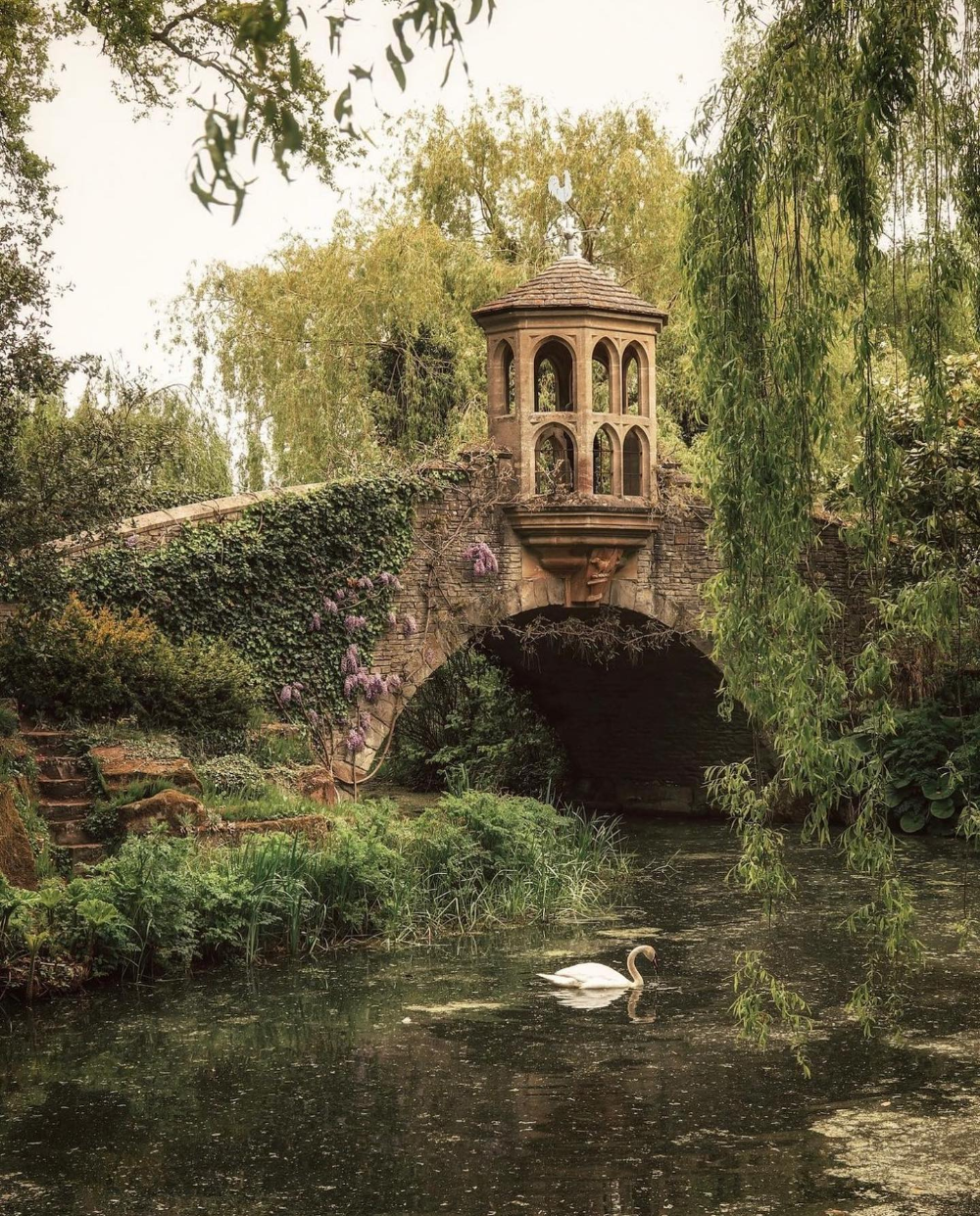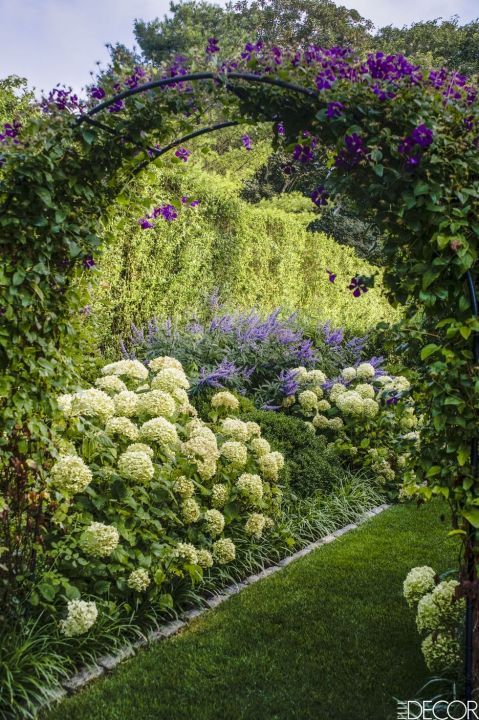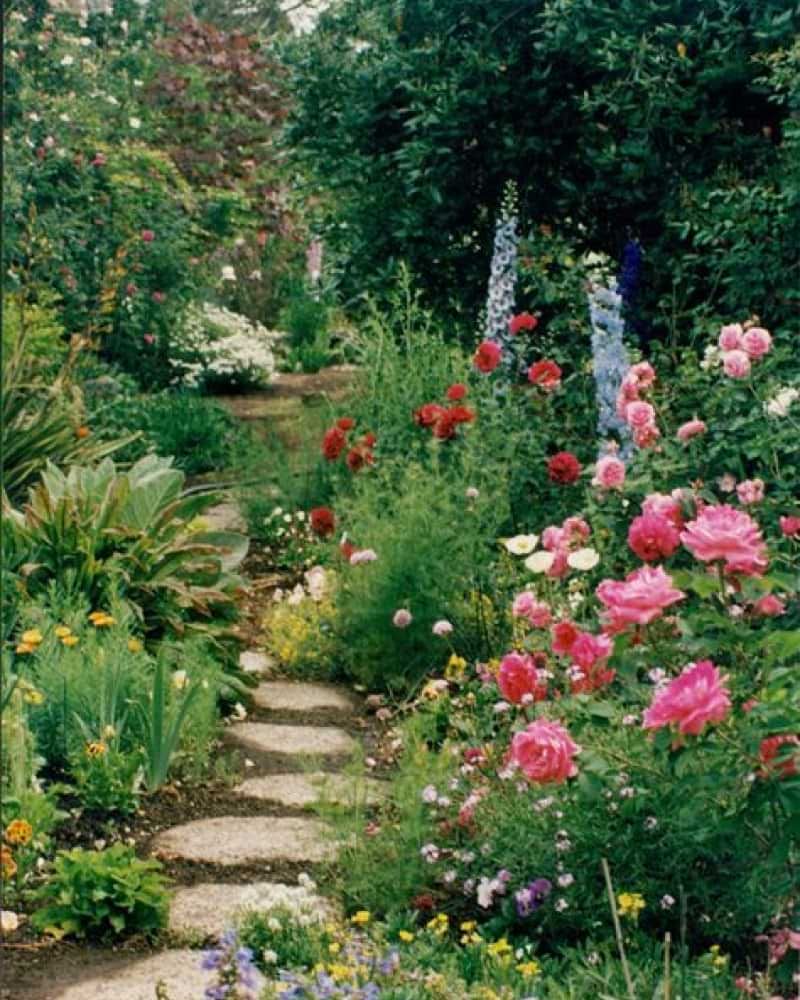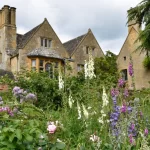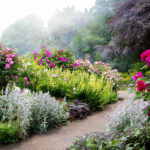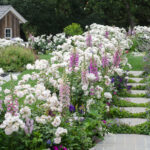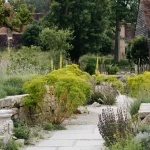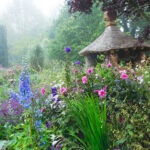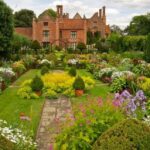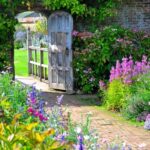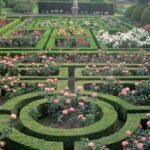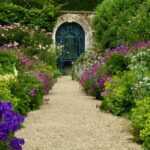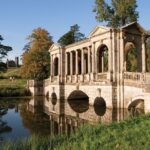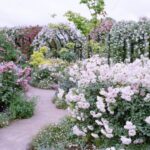English gardens are renowned for their beauty, elegance, and historical significance. These gardens have been an integral part of English culture for centuries and continue to captivate visitors from around the world. One of the most famous English gardens is the Royal Botanic Gardens at Kew, which dates back to the 18th century. This expansive garden boasts a wide array of plant species, including rare and exotic plants from around the globe.
Another iconic English garden is the Chelsea Physic Garden, founded in 1673 as a medicinal garden. Today, this small but charming garden is home to a diverse collection of plants with medicinal properties, as well as a beautiful apothecary garden filled with aromatic herbs and flowers. Visitors can explore the garden’s seven distinct sections, each with its own unique theme and plants.
English gardens are also known for their stunning displays of roses, which have long been associated with England. One of the most famous rose gardens in England is the Rose Garden at Sissinghurst Castle, created by writer Vita Sackville-West and her husband Harold Nicolson in the 1930s. This intimate and romantic garden features a series of “rooms” enclosed by hedges and walls, each planted with a different variety of roses in a harmonious color scheme.
In addition to their beauty, English gardens are also steeped in history. Many of these gardens were originally created as private estates for the wealthy and aristocratic families of England. Some, like Rousham House in Oxfordshire, still retain their original layout and design, offering visitors a glimpse into the grandeur and elegance of English garden design from centuries past.
English gardens are also known for their adherence to the principles of “natural” landscaping, popularized by 18th-century landscape designer Capability Brown. Brown’s signature style, characterized by sweeping lawns, serpentine lakes, and carefully placed clumps of trees and shrubs, can be seen in many of England’s most famous gardens, including Blenheim Palace and Stowe Landscape Gardens.
Today, English gardens continue to be a source of inspiration for gardeners and landscape designers around the world. Whether you are visiting a grand estate like Chatsworth House or exploring a small community garden in a quaint English village, the beauty and elegance of English gardens never fail to enchant and inspire.
